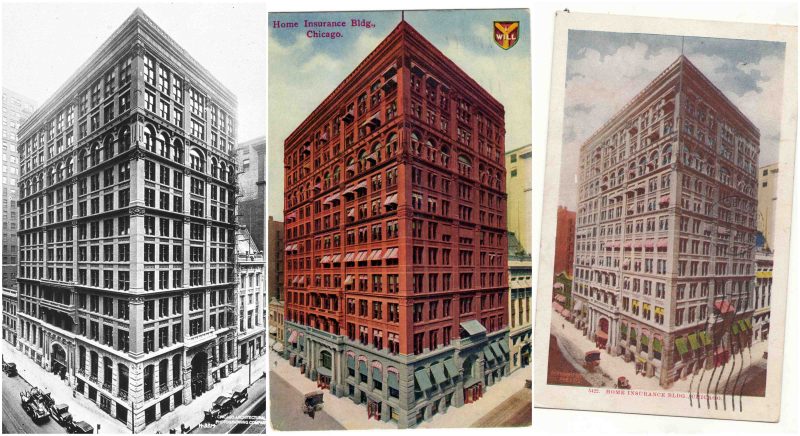When engineers design structures, they need to ensure these structures can support weight and withstand forces. For example, bridges must carry not only their own weight but also the traffic that crosses them. One shape that is especially good at bearing weight is the triangle. But why is this?
A triangle effectively distributes force. When a load is applied to one of its corners, the force is distributed along its sides. The two sides facing the load experience compression, while the third side is under tension, pulling it sideways. This balance of compression and tension makes triangles very strong and stable.
The Structural Stability
The strength of a triangle comes from its structural stability, which is unique among polygons.
When you know the lengths of its sides, the shape is fixed, unlike other polygons that can have the same side lengths but different shapes.
When forces are applied to a triangle, they are evenly distributed across its sides and angles, giving it remarkable stability.
This means a triangle won’t deform unless its sides are compromised. In contrast, squares or rectangles can distort when force is applied, making triangles ideal for stable structures.
The Load-Bearing Abilities
Aside from its stability, a triangle’s strength also comes from its ability to bear loads effectively.
Each side supports the others, creating a structure that handles weight well. This makes triangles ideal for heavy-load structures like bridges and buildings.
For example, if you stack books on a triangular structure versus a rectangular one, the rectangle might sway or buckle under pressure, but the triangle stays intact because its angles are fixed.
This makes triangles better at distributing weight and offering support.
Even in non-triangular structures, hidden triangles are often used to maximize load-bearing capacity.
Rigidity
Triangles are rigid shapes; once the side lengths are set, the angles are fixed.
This rigidity is essential for creating stable structures.
It means that a triangle can withstand forces from any direction without changing shape, making it ideal for architecture and engineering designs needing to endure variable forces like wind or seismic activity.
This rigidity is crucial in truss design, where frameworks made of triangles span large distances, carry heavy loads, and resist various forces.
This makes triangles invaluable in constructing buildings, bridges, and other large structures.
Triangular Geometry
The sum of a triangle’s interior angles is always 180 degrees, providing predictability and stability.
The Triangle Inequality Theorem, which states that any side of a triangle must be shorter than the sum of the other two sides, further contributes to its rigidity.
This ensures that triangles remain stable and strong, making them ideal for construction and engineering applications.
The Use in Nature’s Architecture
The strength of triangles isn’t just a human discovery; it’s a principle seen throughout nature.
For example, bees build honeycombs with hexagonal cells that can be divided into six equilateral triangles, creating a stable and efficient structure.
Our skeletal system also uses triangular arrangements in joints, providing strength and flexibility.
Additionally, snowflakes have hexagonal shapes formed by equilateral triangles, combining strength with efficient space use. Triangles’ inherent strength and stability make them a fundamental design in both nature and human engineering.
How Triangles are Used in Bridges
Tension and Compression on a Truss Bridge
Bridges often use multiple triangles to handle compression and tension effectively. Compression occurs on the outer sides, while tension happens on the inner and bottom sides of the triangles.
Trusses in Bridge Design
Trusses are structures made of horizontal and diagonal beams forming triangles. Trusses are used in bridges, roofs, and buildings, and bridges using trusses are called truss bridges.
Types of Trusses
1. Warren Truss
- Uses diagonal beams forming equilateral triangles, with all sides of equal length.
2. Howe Truss
- Diagonal beams slope upwards towards the center, forming upright isosceles triangles with two equal sides.
3. Pratt Truss
- Diagonal beams slope downwards towards the center, forming upside-down isosceles triangles.
4. K Truss
- Composed of back-to-back triangles creating K shapes.
How Triangles are Used in Roofs
King Post Truss
A common truss for supporting roofs is the King Post truss. It features a horizontal beam called the tie beam and a vertical beam called the king post. Two principal rafters connect the top of the king post with the tie beam, forming triangle shapes. Diagonal struts are added within these triangles, connecting the principal rafters to the king post, further strengthening the roof.
Linking Trusses
Multiple King Post trusses are connected with additional beams to form a robust and stable structure capable of supporting a roof.
Final Words
From bridges to roofs, triangles help distribute forces evenly, ensuring durability and resistance to deformation.
Their geometric principles, such as the Triangle Inequality Theorem and the constant sum of interior angles, contribute to their robustness.
Nature’s use of triangles in honeycombs, skeletal joints, and snowflakes further highlights their effectiveness.
Understanding and utilizing triangles can significantly enhance the stability and efficiency of various structures.










